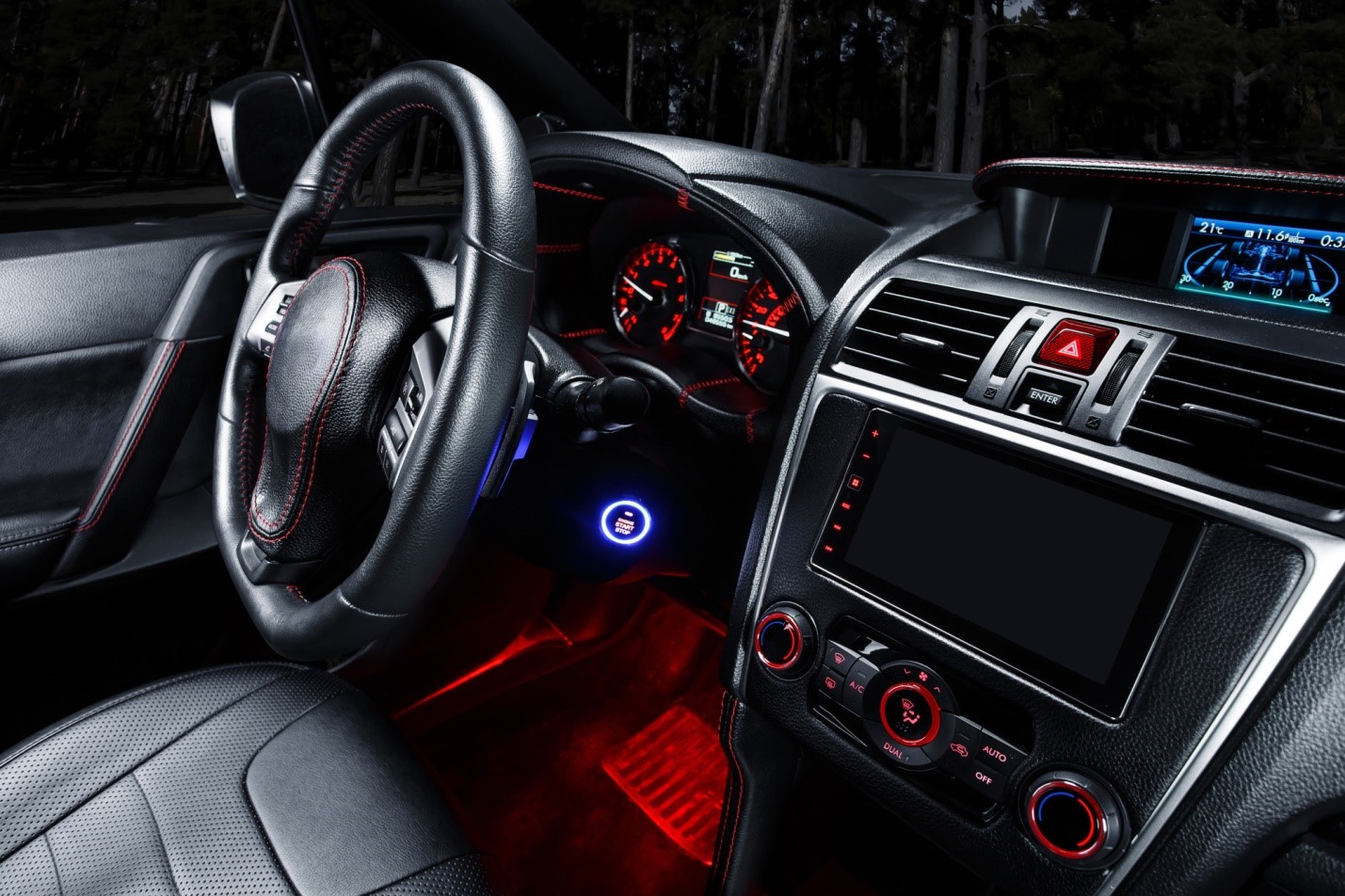Monsoons are around the corner and will bring relief from the long torrid summers through the country. As nice the idea of rains is after the sweltering heat of June, the fact remains that a monsoon brings the great amount of chaos in a day to day life. Heavy downpours bring flooding, traffic jams, water logging and take a huge toll our beloved cars. They have to end many problems such as acid rains, rust smelly interiors and bring a lot of headaches to car enthusiasts like us. But do not worry, here are some simple yet important tips that you can follow to keep your car in mint condition during the rains.
1) Exteriors:
Taking care of the body of the car is essential in the monsoons as the rain is mildly acidic in nature and has an adverse affect on the car's paint and underbody. You can avoid it by using a good quality wax or a polish regularly during the season. The polish forms a thin coat on the painted surface and does not let water stick to it. A good quality polish will also ensure that rain water does not affect the car paint. An underbody anti-rust treatment is also recommended once every two to three years. It generally does not cost much and has excellent long-term benefits.
2) Interiors:
the rainy season brings in a lot of odours in the cars, be it due to moisture or wet carpets or otherwise. Invest in getting the car thoroughly cleaned up before the rainy season to get rid of all the dirt and grime which may bring those foul smells in the cabin. You may also invest in a good deodorizer or perfume so as to enjoy a pleasant drive every time you go for a drive.
3) Clean windscreen:
People usually have their windscreen wipers in bad shape. Rubber hardens over time, which significantly reduces the wiper's effectiveness. Beside the hazy view out when it's raining, a bad wiper will leave permanent scratches on your expensive windscreen. Change them whenever you feel they are getting hard.
4) Electricals & Lighting:
make sure to check all the loose or weak electrical connections, patch them up. Make sure external wires are insulated. Ensure that the head lights and tail lights are working properly as during rains, visibility is poor, not only for you but also for the traffic behind you. Check all the lights as it is advisable to keep your parking light and brake light on while driving.
5) Tires & Brakes:
one of the most important aspect in keeping you safe through the wet roads is the tires. Tires with less than 2mm of tread are sooner to aquaplaning. It occurs when the ty can not squeeze out the water between the road and itself, and it glides over a thin layer of water like a surfboard. This lack of contact between the road surface and the tires could result in loose control over the car, resulting in a serious accident. Always maintain the manufacturer-recommended tyre pressure, as this ensures the maximum contact area between your tires and the road thus maximizing the grip levels.
Brakes are another important component of your safety. Drum type breaks are especially affected by humid weather and wet roads, resulting in ineffective braking and skidding. If your brakes do get damp while wading through water-logged road. try to get out quickly and once out, hold down the brake pedal and accelerate slowly to dry out the brake pads, thereby enhancing their efficiency. If the problem persists, get it checked at a garage.











